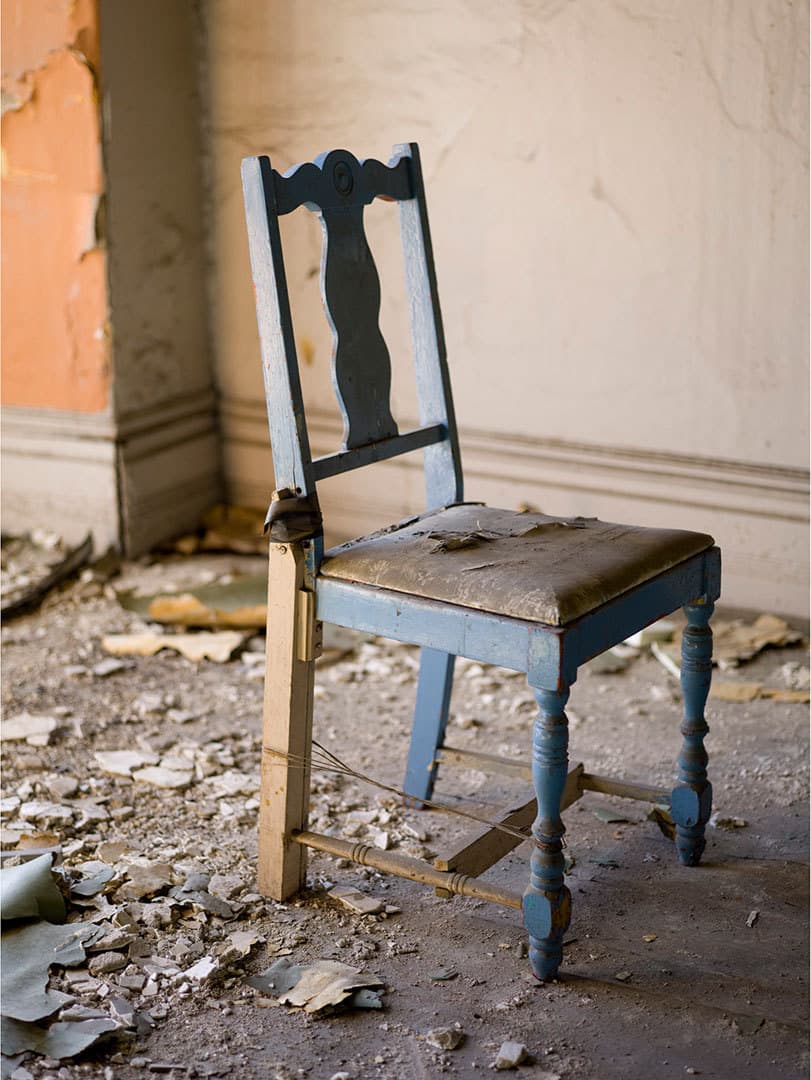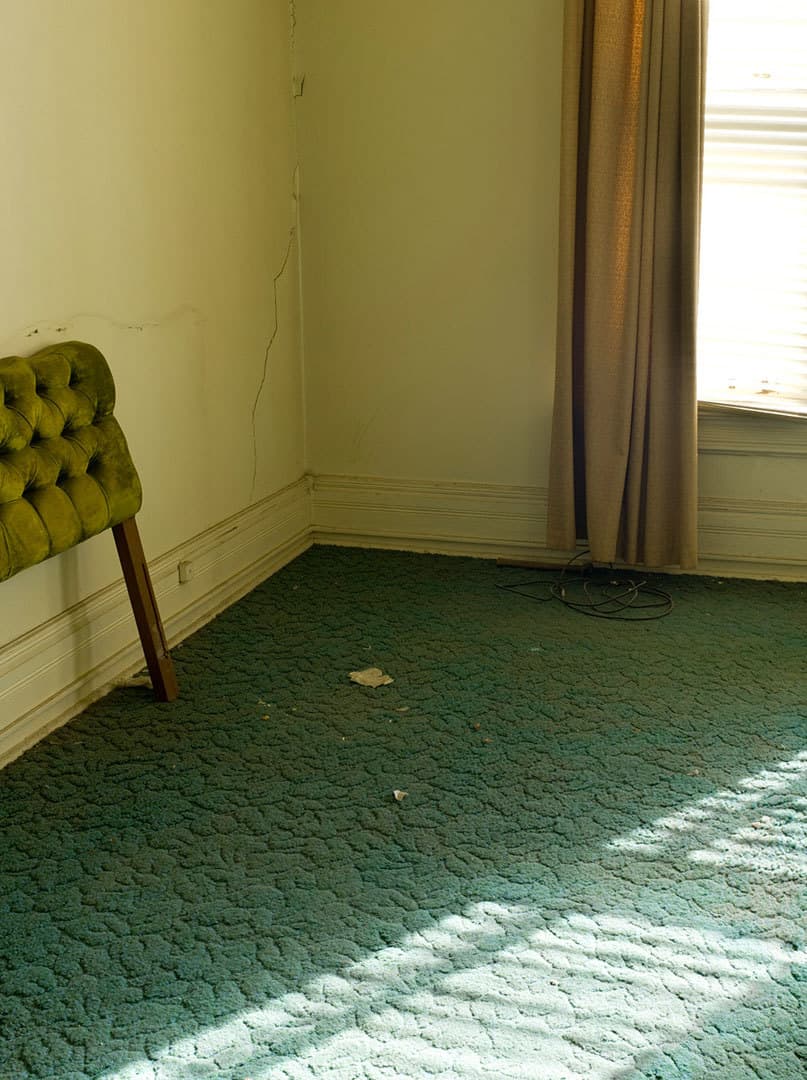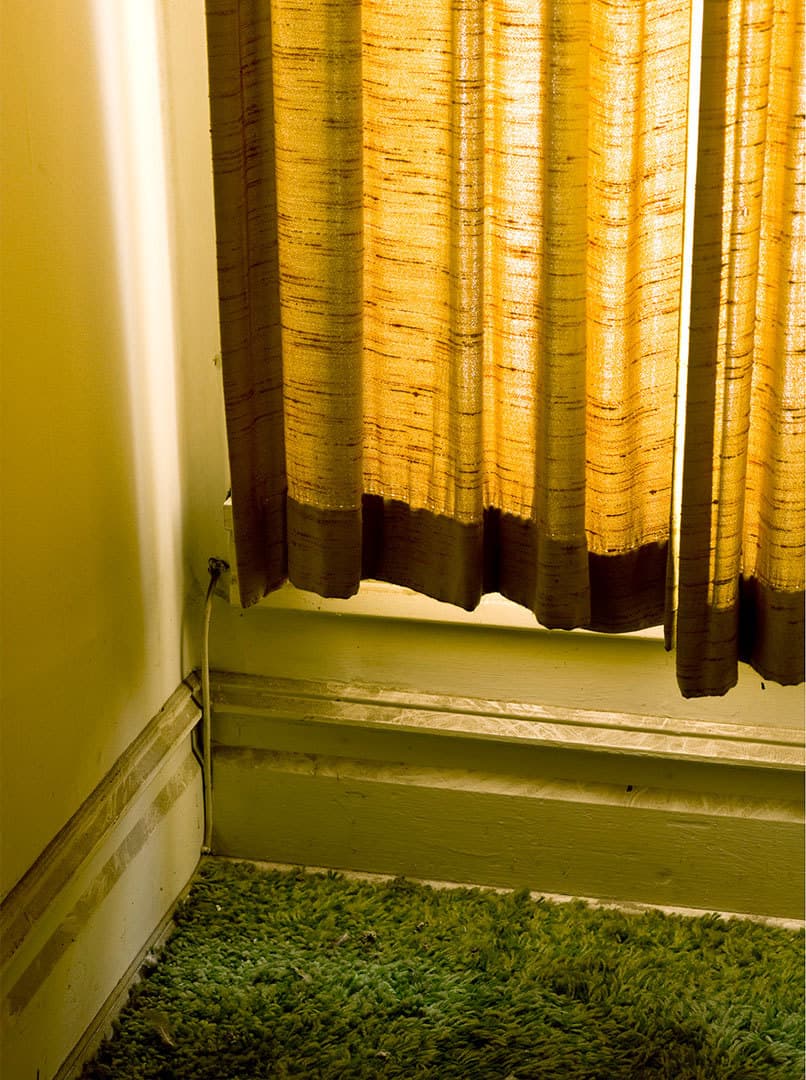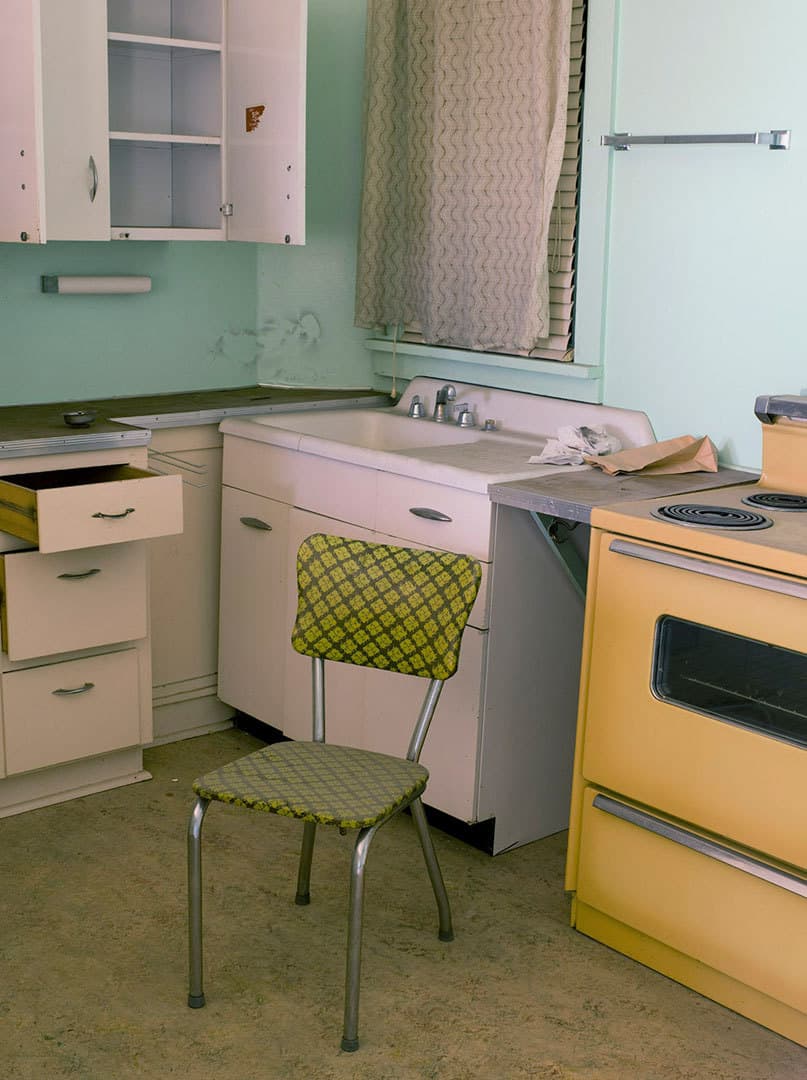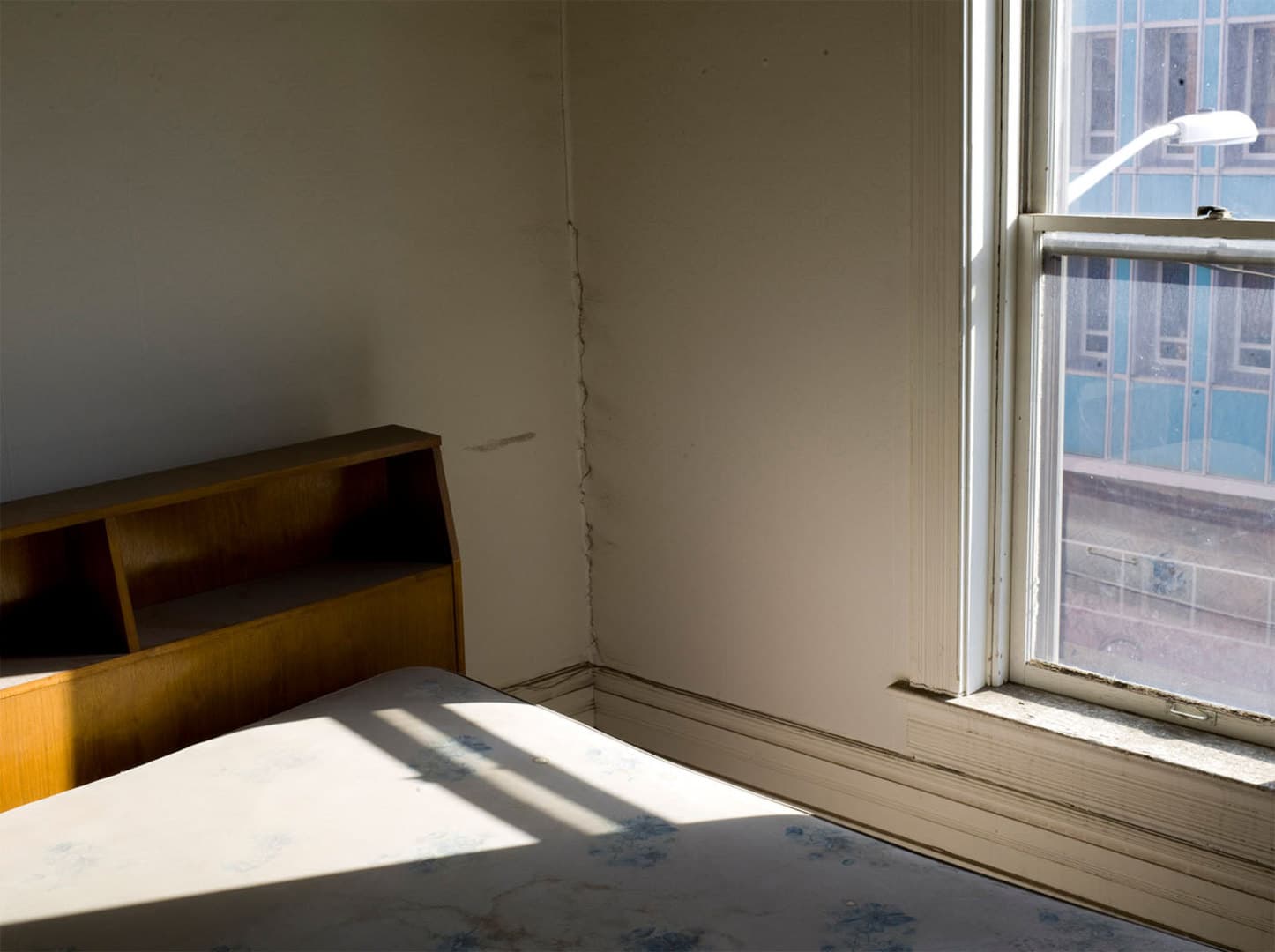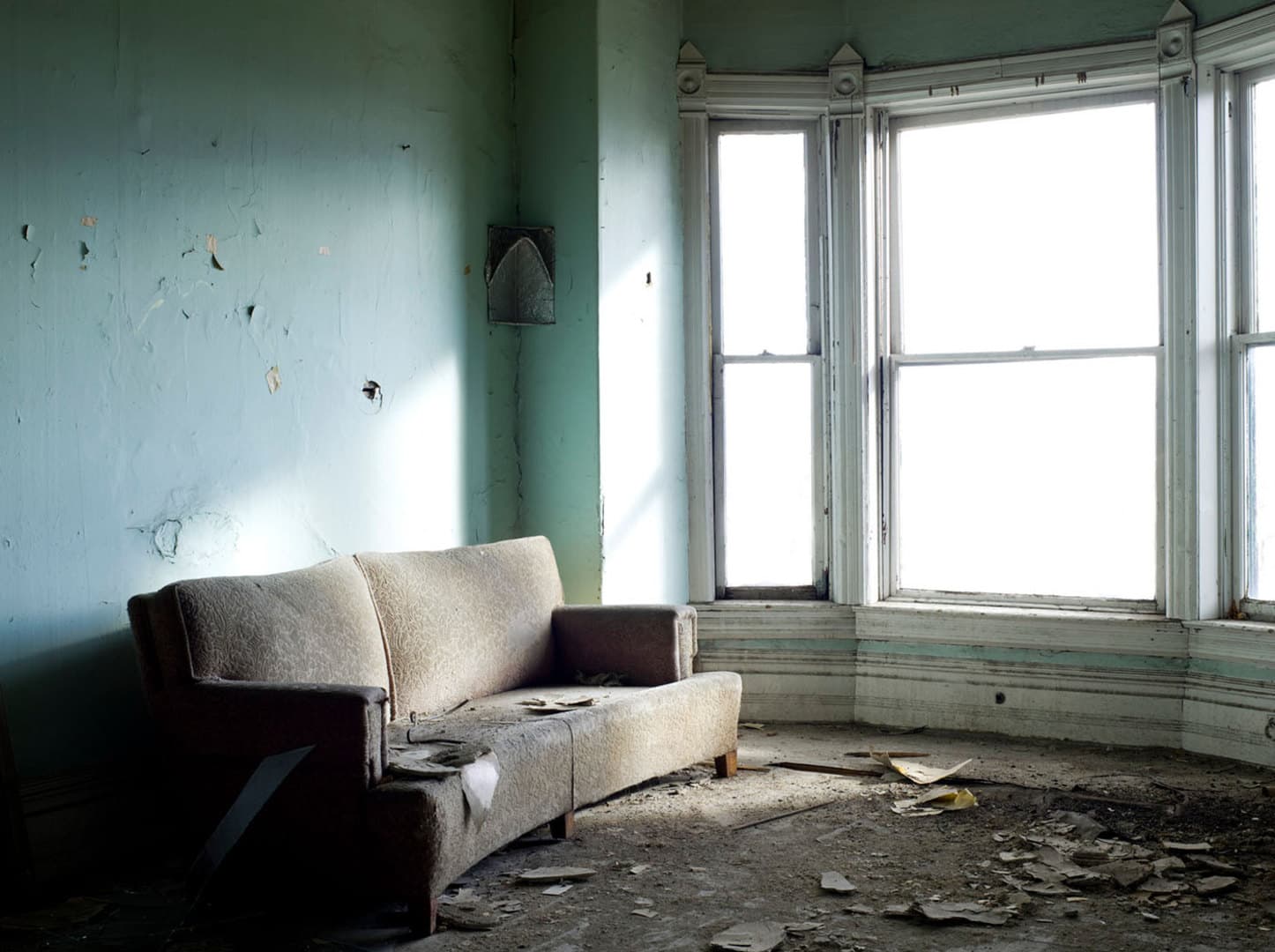Butte is not your typical mining town. At the end of the 19th century, Butte mines were the largest producers of copper in the world, with the dominant share of the copper wire used to electrify the United States and the rest of the world coming from this one mountainside. Once known as the wealthiest city in America, the majority of residents today live modest lives amidst dwindling industry and declining wages. Butte’s colorful and controversial history includes the murder of union activist, the establishment of one of the fist successful miners unions in the nation, the bulldozing of worker neighborhoods by the Anaconda Copper Mining Company in the 1950s, and the corporation’s eventual abandonment of the copper mines in 1974. The abandonment of the copper mines left behind the largest superfund site in the country, including hundreds of miles of underground tunnels that today are filled with water contaminated with every heavy metal imaginable, and will continue so in-perpetuity.
Highway impressions of Butte suggest a landscape of incredible ecological disaster, and a town falling apart at the seams. Similar to many western towns dying after the closure of mines and railroads, Butte’s once thriving economic base no longer exists. The town remains a center of ethnic diversity as well as blue-collar and union values within the conservative state of Montana; and Butte residents continue to celebrate its tumultuous history with pride, even as it reinvents itself and a new generation comes of age.
This series of photographs focuses on the rich history of the uptown Butte neighborhoods that surround the old mine shafts, as well as the people who live there. The very modest miners cottages in these areas represent an external expression of the cultural, economic, and environmental history of the town, as well as a rich tradition of vernacular architecture that even now expresses the individuality of the town and its residents.



